After all, the electronic components are really the hallmark of our ROV. We need to be able to communicate with and control our vehcile, as well as capture video from the camera. We’ll also be adding extra components to our ROV, such as external lights and sensors, all of which will be wired to the main circuit board. Here’s Maddie’s take on today’s build: “As our first official experience with soldering, Module 3 was a challenging yet successful step towards the completion of Pegasus. Today’s build began with assembling circuit boards as well as the top-side communication box. This required our team to pay close attention to detail when connecting wires and pins. Our next steps involved soldering the wires that control video and power connection to the camera board. Soldering is a process in which a bond is formed between two or more metal components by melting and putting a filler metal (solder) into the joint. We applied solder to the soldering iron, and then used the “tinned” iron to form a bond with the wires and the board. Each of us got a turn and were very successful considering it was our first attempt. The most challenging aspect of soldering is that you are working with an extremely hot piece of equipment in a very tight space with little room for error. After this was completed, we assembled the camera mount which entailed connecting wires in a precise orientation on the camera board and main control panel. The camera board is situated within a structural unit that will allow the angle of the camera to be changed with the help of the “servo”. Today was a complex build, but we were able to complete Module 3. In this module, our team continued to build teamwork skills which are critical to the completion of Pegasus. We learned that working together to analyze the instructions is key to avoiding mistakes. Due to our collaboration, we even found a few errors and misrepresentations in the instructions. As the saying goes, “teamwork is dream work” and we are working hard to accomplish our goals!”
Well said Maddie, well said. Be sure to stay tuned, we’ve only got two more modules to go until we’re ready to start testing Pegasus! Cheers, Baron von Urchin.
1 Comment
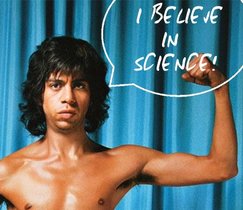 Fortunately, science isn't about "belief" Esqueleto! But we stand together nonetheless Fortunately, science isn't about "belief" Esqueleto! But we stand together nonetheless San Diego, California 4/19/2017 Many of you might have heard about the March for Science taking place in Washington DC and other cities around the world this Earth Day, Saturday April 22nd. For those of you already planning on attending, good on you! However, if you’re on the fence about it, please take a moment to consider attending. This is not about “us” as scientists marching to vocalize our frustration. This march isn’t even really about “us”. This demonstration is really for anyone, any human, that is alive today, vocalizing their outrage or simply demonstrating their support for science. There are people in this world who are encroaching on our right to explore, to learn, and expand our understanding. And that is absolutely unacceptable. In almost every facet of our lives, “science” has given us, our species, something. Whatever it is, whatever object you hold in your hand, has a story. Where it came from, and how it got to you, or you to it, is only part of that story. Its history is also part of that story. Your computer/smartphone/tablet is not a single object created out of nothing. No magic wand was waved. It is the culmination of thousands of people hours, from conception to manufacturing. Trial, error, patience, and perseverance. Even the extraction of the resources and the fabrication of its components are part of its history. The history of objects isn’t limited to our technical innovations either. Take, for example, an apple. Keep in mind, modern apples are a product of domestication; human’s way of preferentially selecting traits to either be expressed or suppressed. We now can enjoy apples of seemingly endless varieties any time of the year, in almost every corner of the world. For better or for worse, science enabled this now common-place commodity.
So please, if raising your voice is your thing, please join us on Saturday in whatever capacity makes you feel comfortable. Let the world know that we stand together.
“Individually, we are one drop. Together, we are an ocean.” Ryunosuke Satoro Until next time, -Baron von Urchin 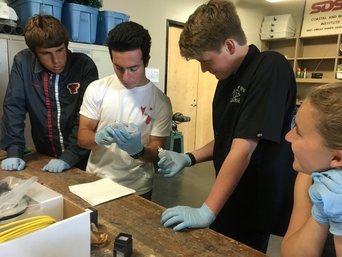 (from left to right) Interns Lorenzo, Jordan, Aaron and Maddy further develop their solvent welding skills (from left to right) Interns Lorenzo, Jordan, Aaron and Maddy further develop their solvent welding skills 4/12/17 San Diego, California After completing our first of five modules, we were ready to get back to work on Pegasus. The second set of instructions saw us using acrylic cement again to solvent-weld some of the internal structures of our ROV together. However, the stakes were a lot higher this time; at a certain point, we’re going to have to start building and using the electronic components of our ROV. After all, the propose of building Pegasus is to gather invaluable data, which includes real-time video from our upcoming dives. For this build we had to saw off the end of a syringe (for use later on), solvent-weld more acrylic, and super glue the DB-25 connector in to place, which is a major connection point for the electronic components. Here’s what Project Pegasus intern Jordan Schultz had to say about today’s build: “We were still using solvent welding to cement the plastic structural pieces together. We made sure to measure at least five times before we did any cementing of the acrylic in order to ensure no errors would occur. Everyone on the team got a turn with the dropper of acrylic solvent. However, we have noticed that it is difficult to control the speed at which the solvent comes out of the dropper. Because of this, we had to be very careful when applying the solvent, especially because it will cement the plastic together in a matter of seconds. We had a few incidents where the water-like substance poured out of the dropper, which lead to gloves being taken off and hands rapidly being washed. Nevertheless, we were able to cement the acrylic together efficiently. An important lesson we learned today was that preparation is key to being successful. If we all show up ready to build but we do not have the proper tools, little can be done. Thus moving forward, it is essential that we plan and prepare ahead of time in order to make certain that we are diligent and productive with our time.” After it was all said and done, we had to apply fast-setting epoxy to water-proof some of the components from this week’s module and last week’s as well. Looking at the individual pieces, it’s hard to believe that after three more modules we’ll be submerging our very own ROV in the ocean!
Be sure to stay tuned, next time the team and I will learn all about electronics and soldering! Cheers, Baron von Urchin. |
AuthorPike Spector is currently a Research Operations Specialist with Channel Islands National Marine Sanctuary Archives
August 2022
Categories |
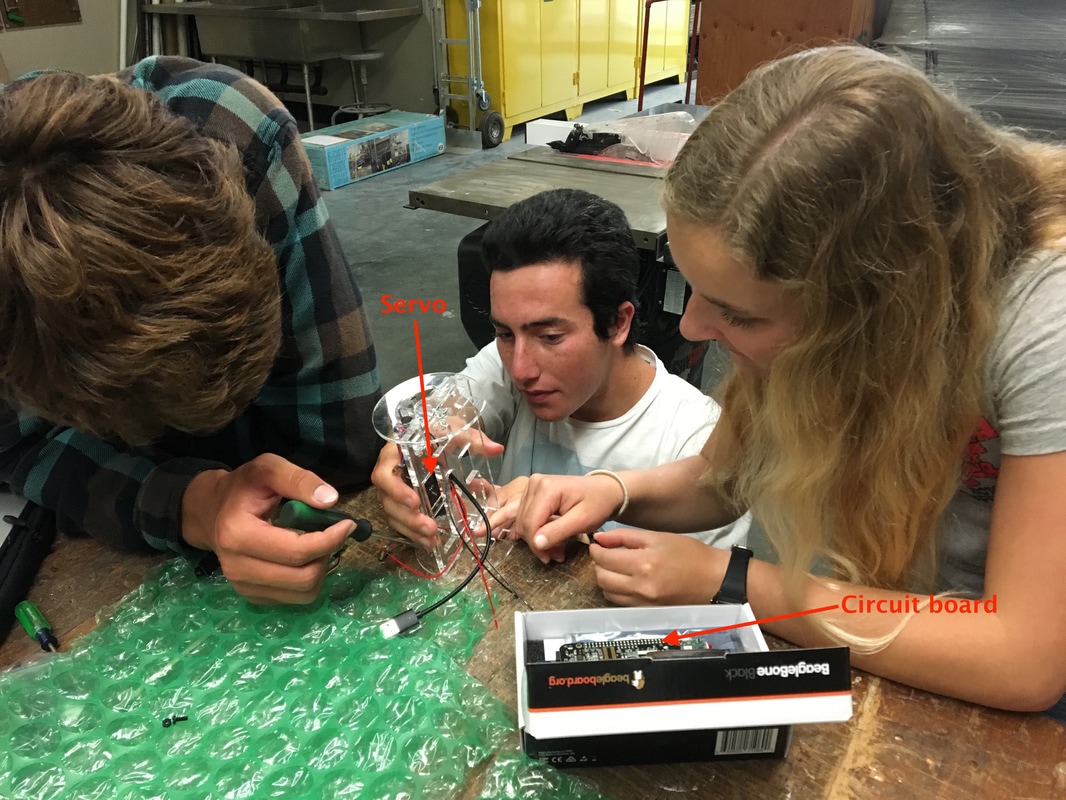
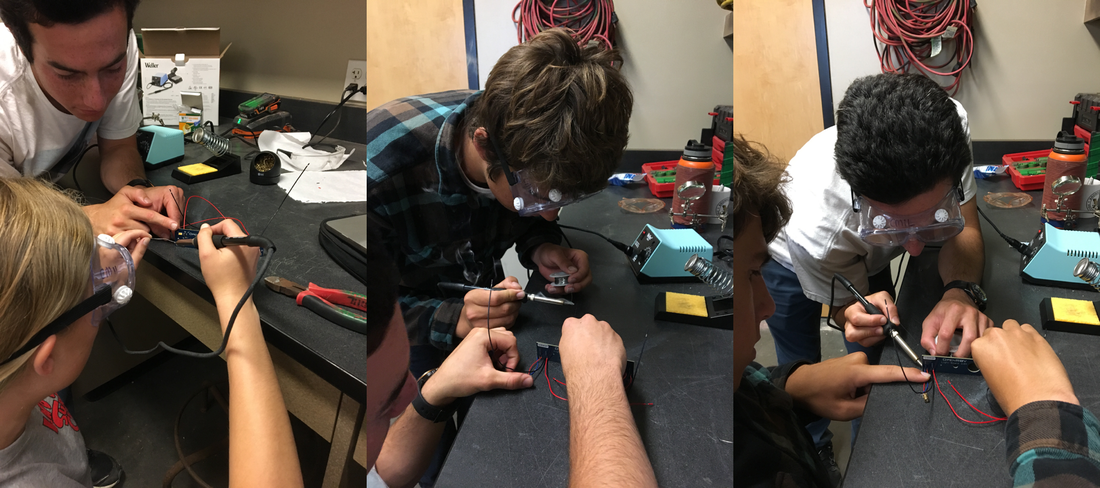
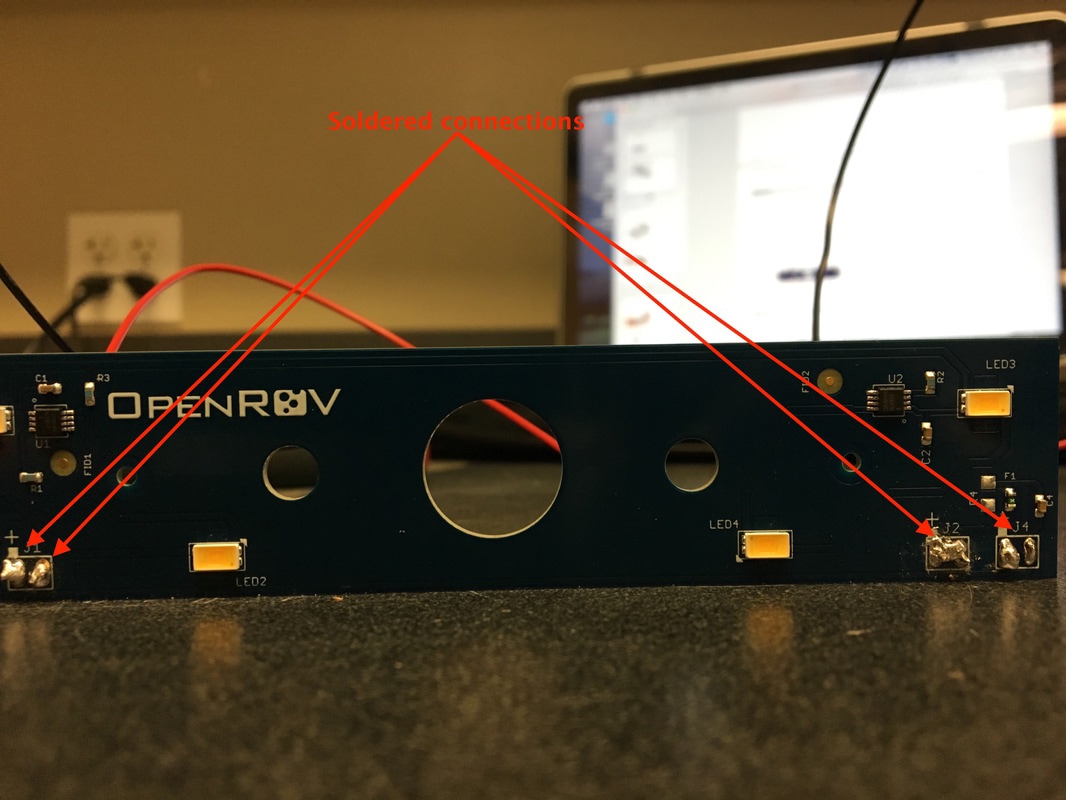
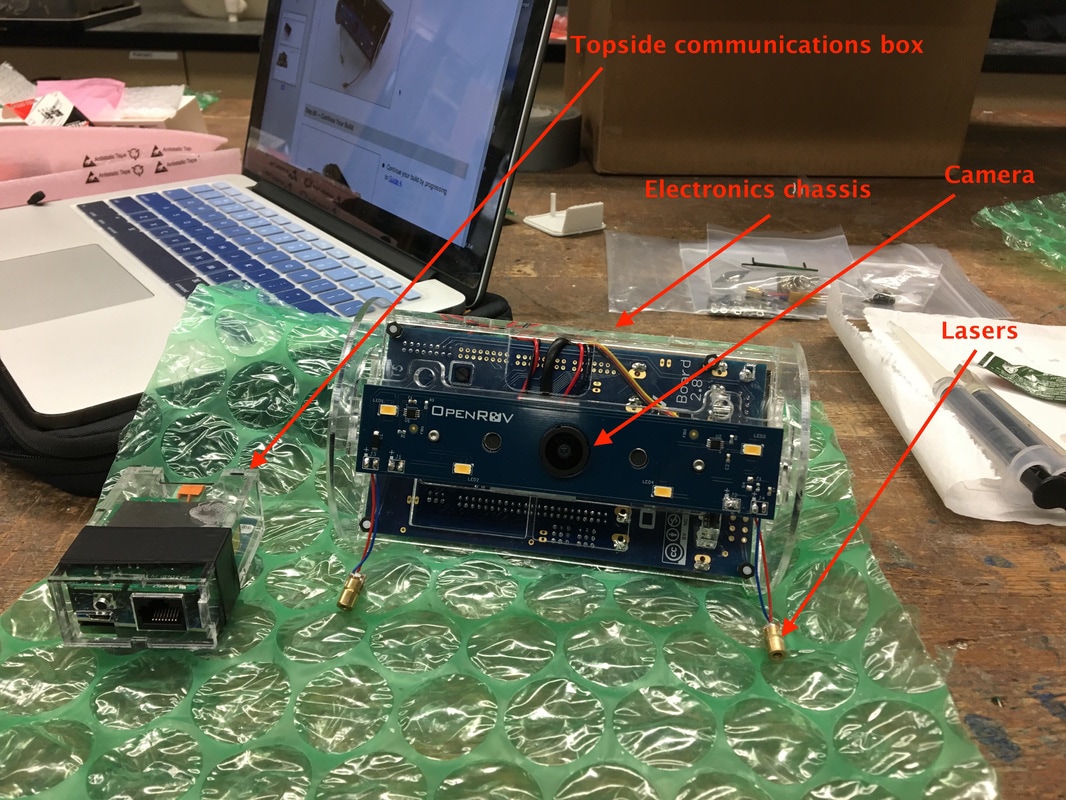
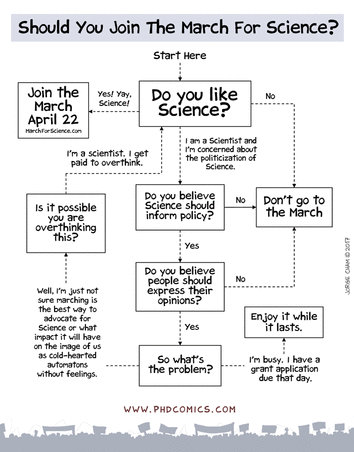
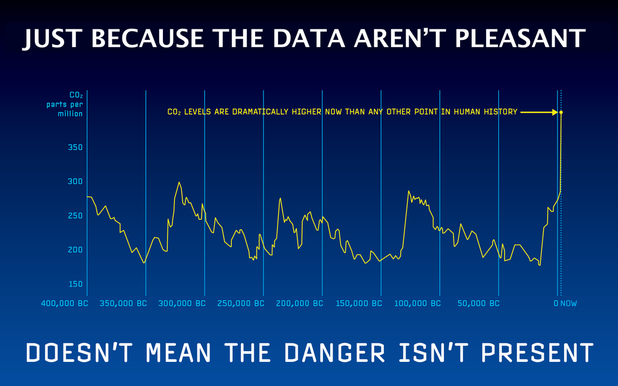
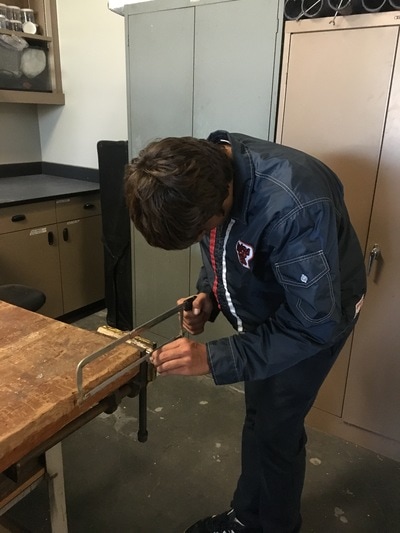
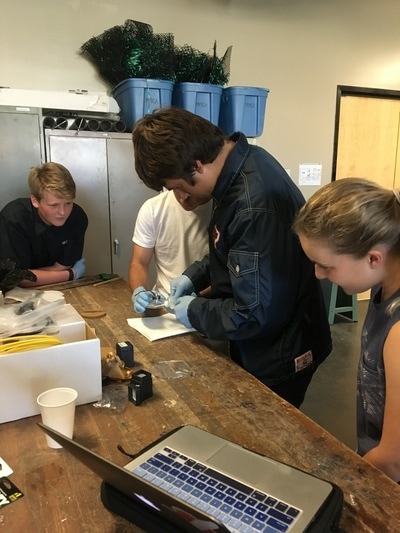

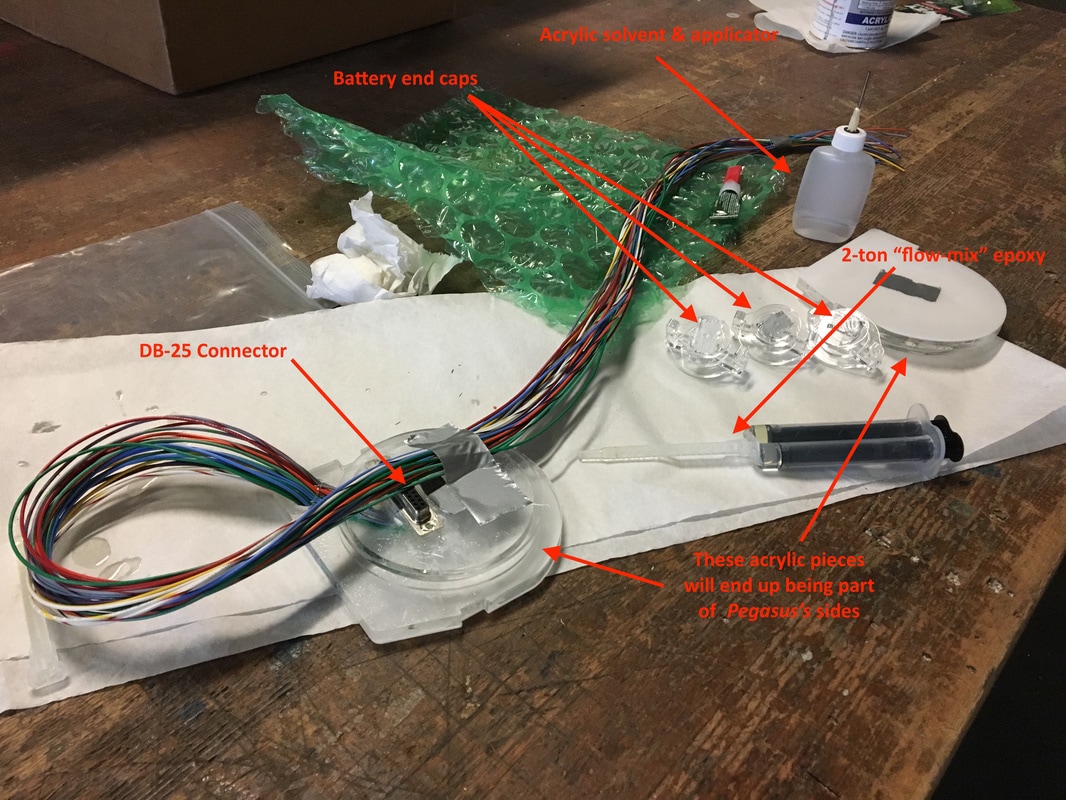
 RSS Feed
RSS Feed
